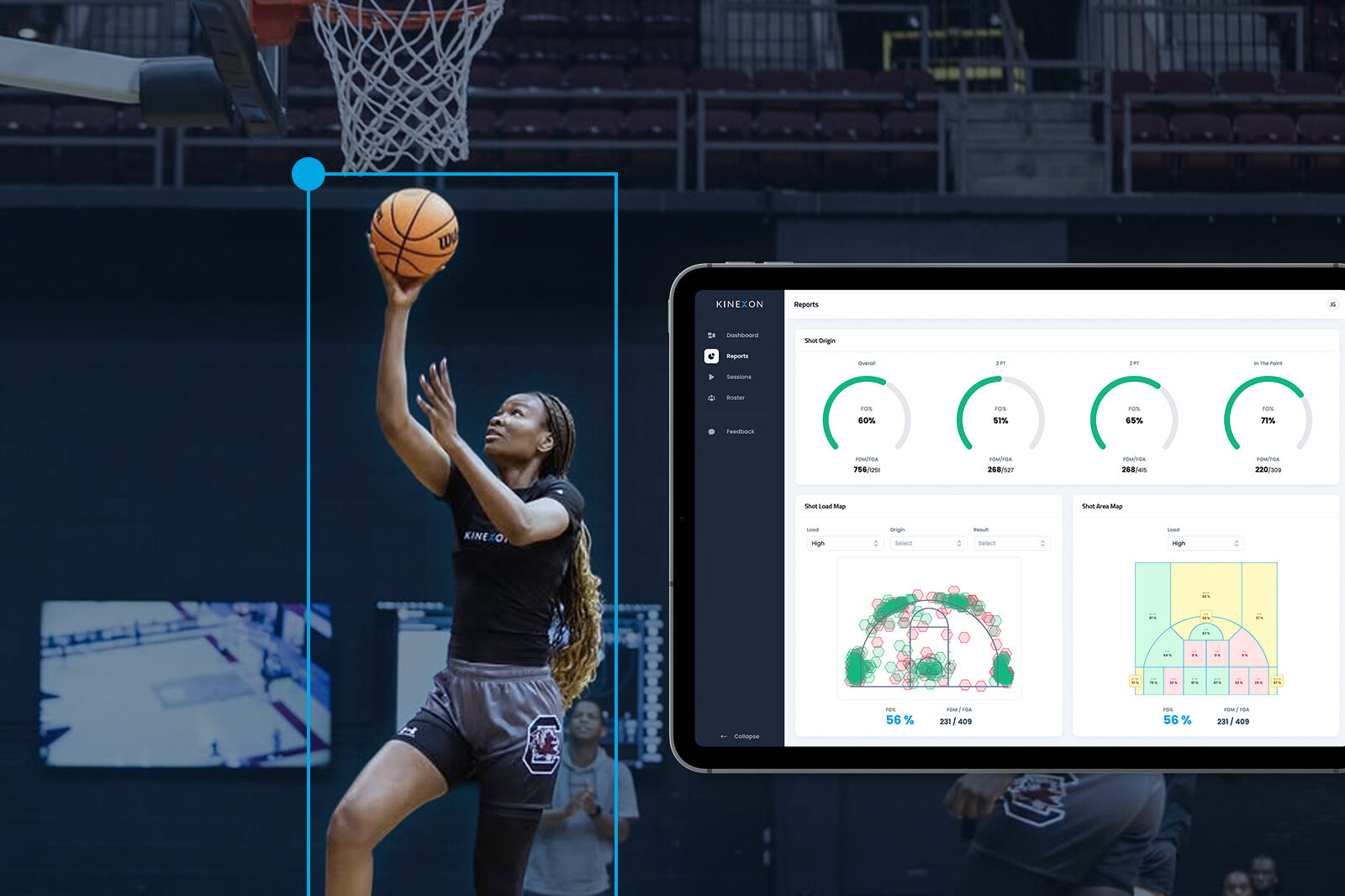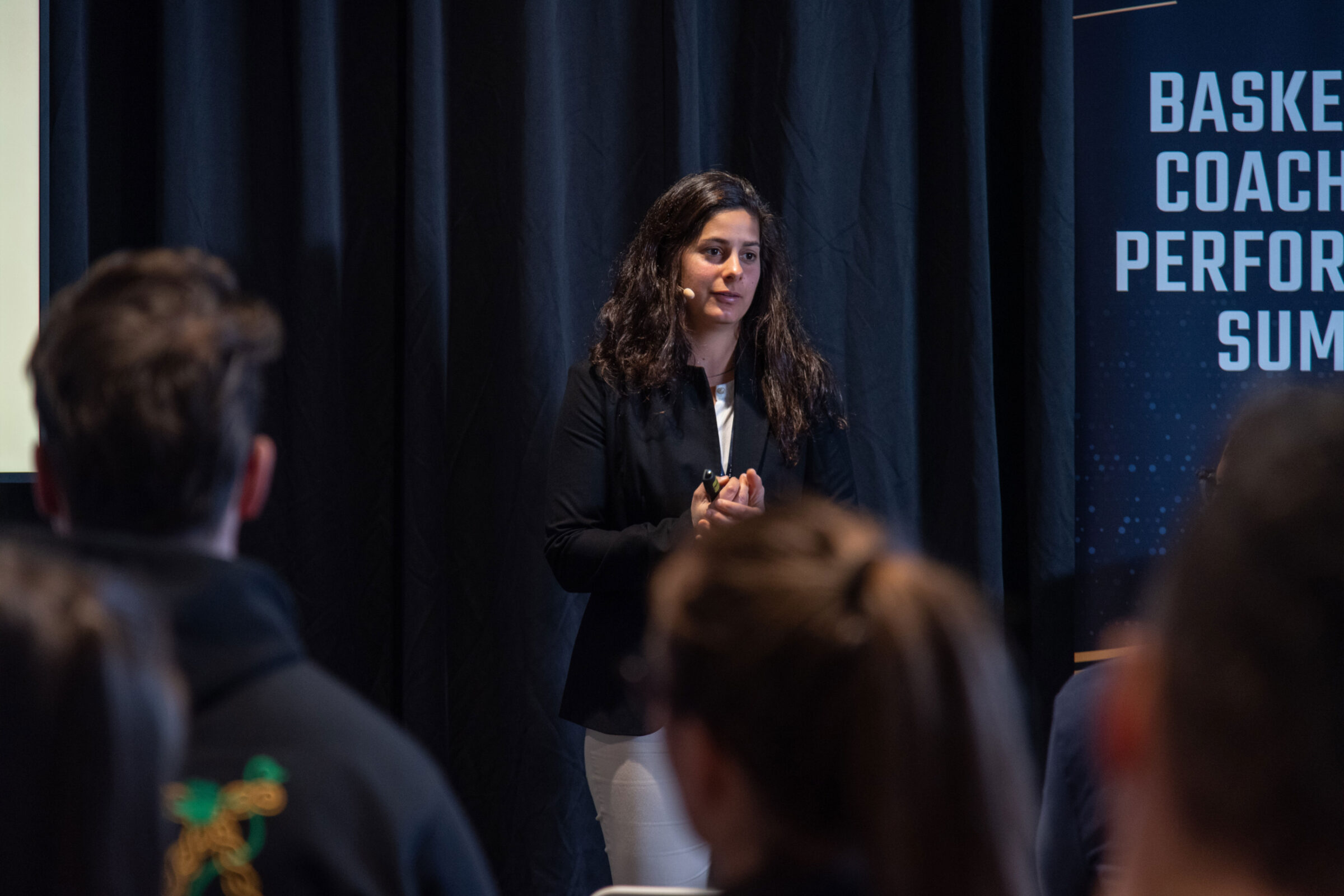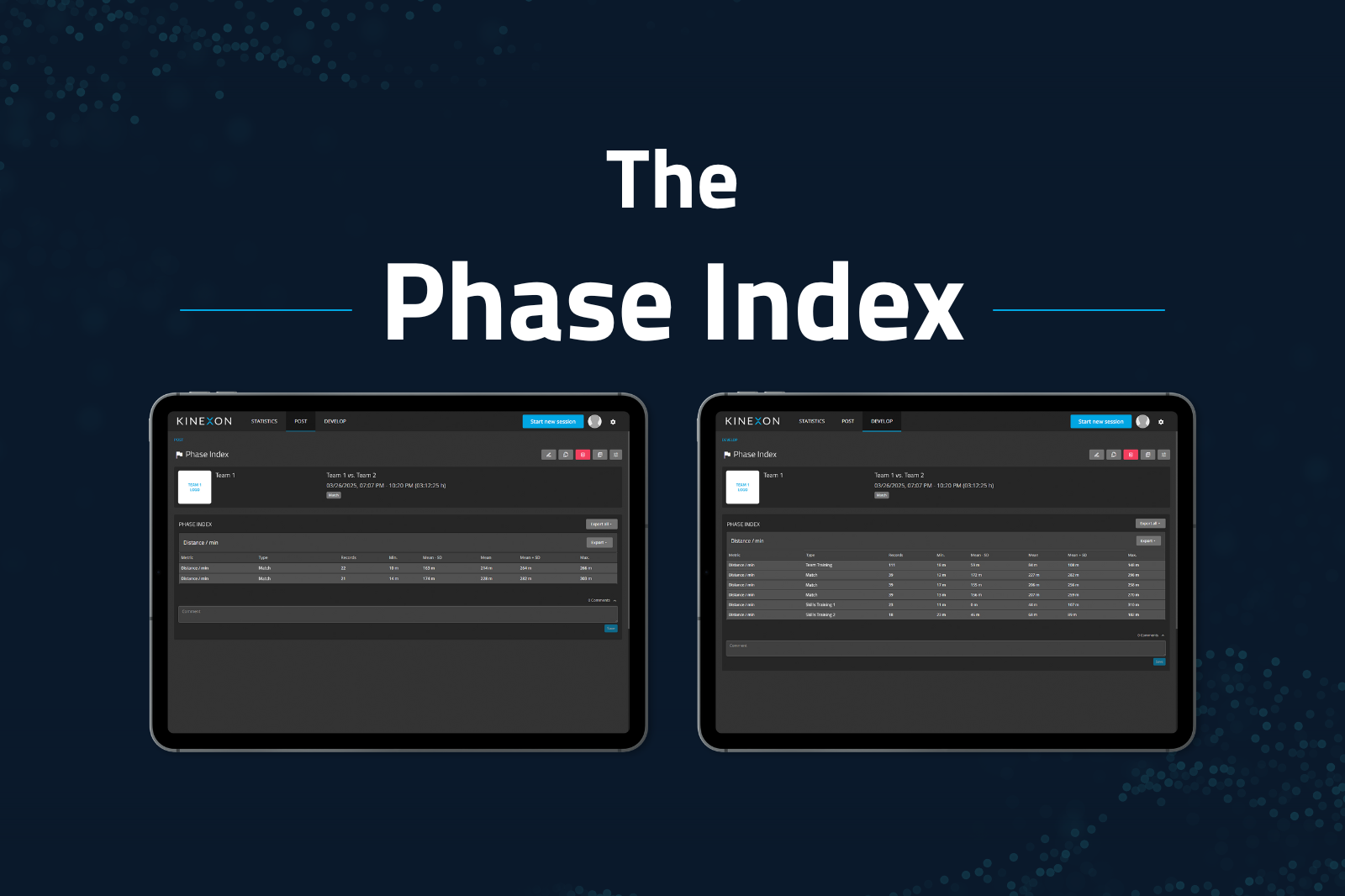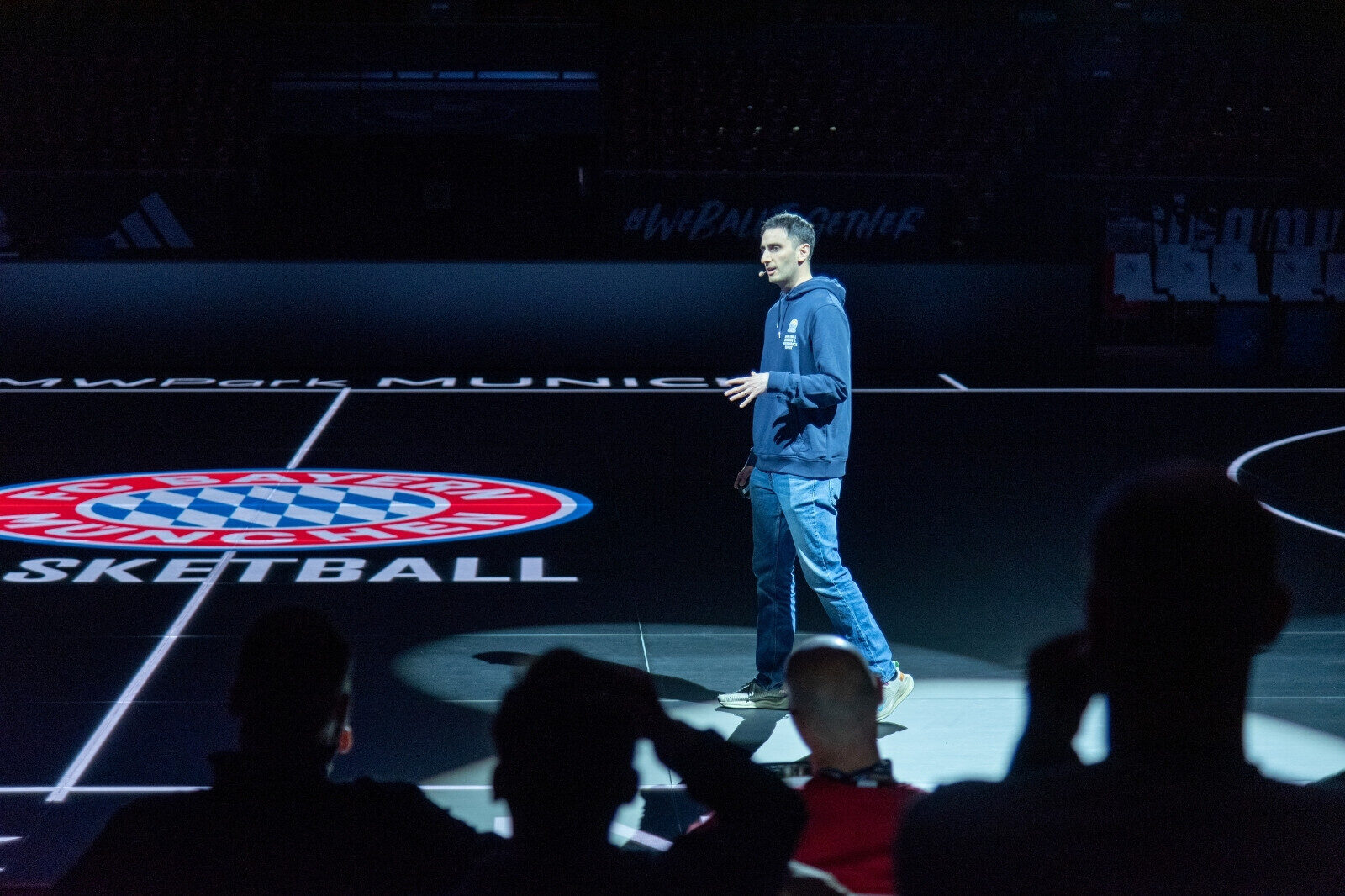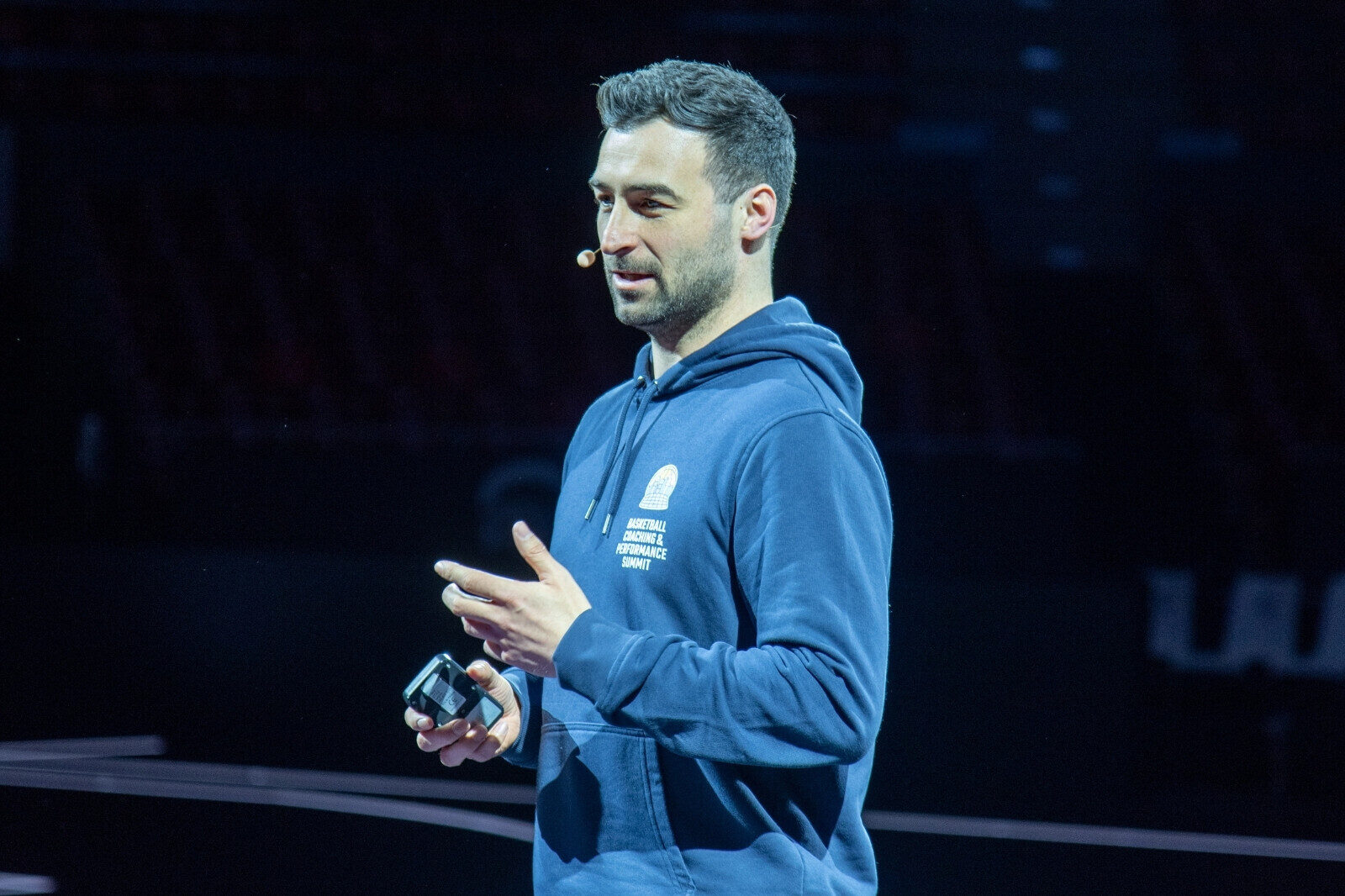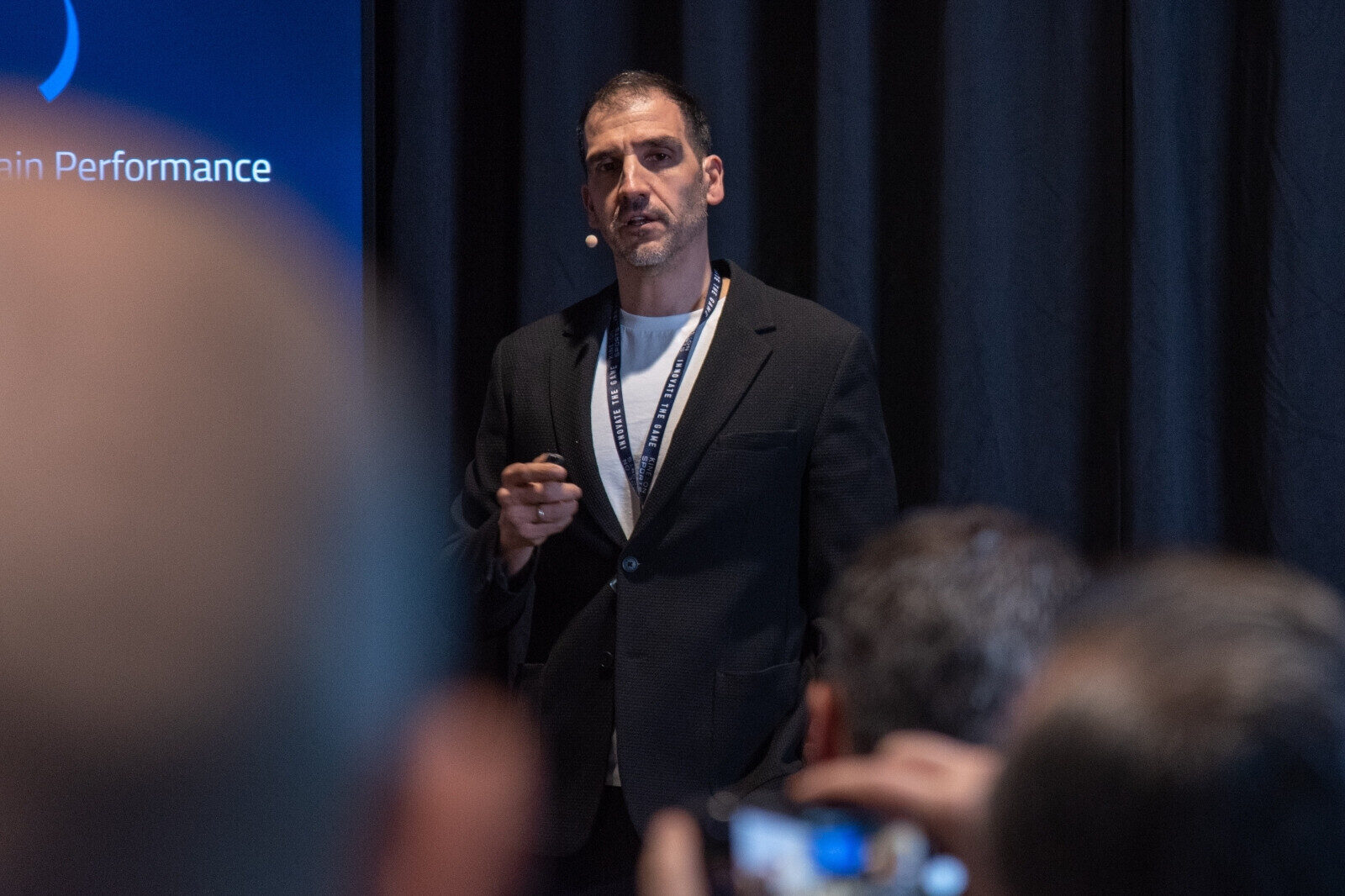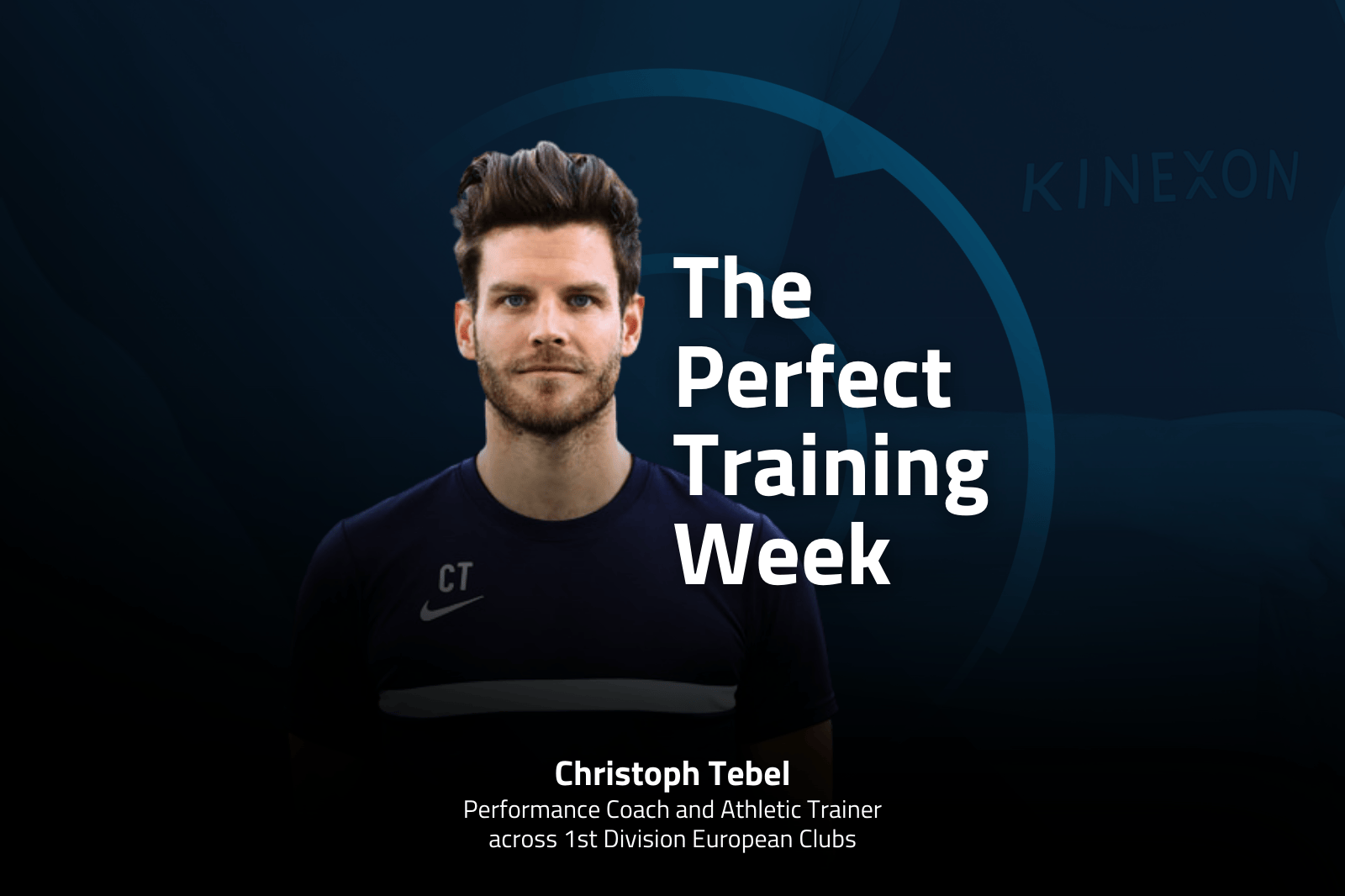Why Underloaded EuroLeague Basketball Players Still Need Data
As Head of Performance at Fenerbahce Beko Istanbul, Kostas Chatzichristos knows basketball analytics. He explains why coaches need to collect data on all players — even the ones who aren’t getting minutes.

Coach Chatzichristos works with some of the best players in Europe. He says using data takes a lot of guesswork out of coaching, “It just gives us all the information that we want in terms of loading, acceleration, and decelerations.”
He adds that the KINEXON PERFORM IMU system that he uses is a great way for European coaches to (or any coach for that matter) to be introduced to data collection in sports because it’s mobile.
Coach Chatzichristos not only thinks the data makes a difference, but it’s also opening eyes among the players and the coaching staff because it takes more than the standard EuroLeague stats to improve overall performance.
Basketball Data Helps Paint the Big Picture
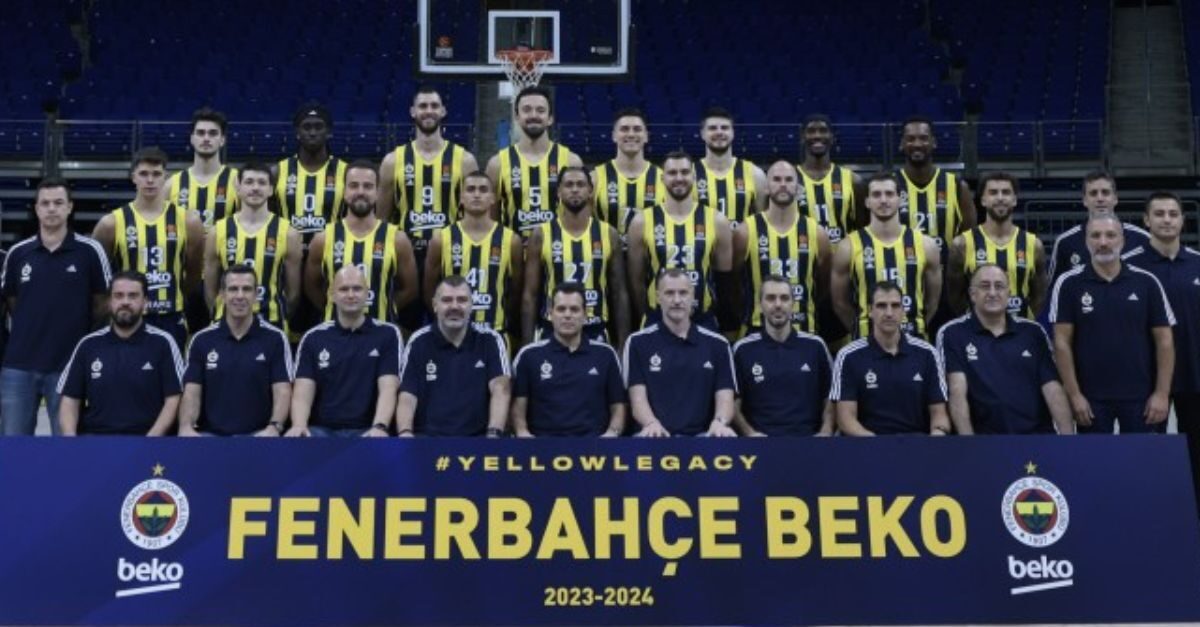
Chatzichristos emphasizes that it’s not just about one metric. Players don’t care about isolated numbers; they want the big picture. “They just want to get the big picture whenever they want,” he explains. But how do you provide that big picture?
Having data at his fingertips was a game-changer for Chatzichristos because he started empowering coaches with the information. It wasn’t just about technical information; it was about showing players and coaches what they were doing right and where improvements were needed. “The fact that I had data in my hands, and I could show people what we’re doing and what they are doing helped me both with the players (and coaches),” he says.
In the NBA and European leagues alike, players face grueling schedules. After every game, they’re expected to practice, lift, and run. Coach Chatzichristos believes that running is a key component. “One of the main things in our compensation workouts is running,” he asserts. “You have to get in some running changes of directions and jumps.”
But players rarely feel motivated to train after a game, especially players who don’t get a lot of minutes. That’s where data comes in.
Learn how FC Bayern Basketball is using data to draw conclusions about training volumes and intensities.

“Just having data and presenting them (coaches) with objective measurements was a game changer.”
Preparing Players for Whenever They’re Called

Chatzichristos analyzed player data and discovered a surprising trend: some players were severely underloaded during certain parts of the week. Game days, rest days, and light practice days all played a role. “This is where you are, and this is where you need to be,” he told players. It wasn’t punishment; it was a roadmap to improvement.
European players will play multiple games each week, and sometimes they’re playing for multiple teams because EuroLeague players also compete for their national teams. So, if they have a week where they weren’t involved in practice much, didn’t get into a game, and maybe had an off day, too — they’re not getting much work done.
“And then if you were called to play in (your) National League, you will have three days of light practice and then you go into a game situation,” he said. That’s when coach tells his role players, “We need to do something to catch up.”
Coaches vs. Data: A Game-Changing Shift

Data also paints a better picture for the coaches.
Before data, coaching decisions were often based on opinions. “It’s my opinion,” coaches would say, clashing with each other. But things have now changed. “Just having data and presenting them (coaches) with objective measurements was a game changer,” he reflects. Suddenly, coaches had something beyond opinions to guide their decisions.
Now the use of metrics is shifting from a coach’s curiosity to data-driven conversations.
Coach Chatzichristos says coaches and players are regularly asking, “What did your data say?” They don’t always understand the specifics, but they appreciate having evidence to back up decisions. “It’s your future,” he’d tell players. And for coaches, data is now a powerful ally.
More Basketball Insights on "The Xtra Edge"

Data isn’t just another way to compile statistics in basketball. Kostas Chatzichristos’s journey from opinions to objective measurements shows that when data speaks, players and coaches listen. So, the next time you’re watching a game, remember there’s a wealth of data driving success, like a point guard driving to the basket.
You can hear more data-driven insights from Coach Chatzichristos on “The Xtra Edge” podcast. He explains how data helps him help players return to play after an injury and why college coaches should approach games differently than professionals.
If you’d like more information on basketball analytics or how to collect them, feel free to contact us at any time.
Or download our free guide that breaks down the basics of load management for coaches.

